The Bail Bond Hearing Process: A Comprehensive Guide
As dawn’s early light caresses the courthouse steps, echoes of liberty shuffle within its hallowed halls, and the bail bond hearing begins its delicate dance of justice.
It’s a moment where the scales of freedom teeter, a time where the gavel’s knock can sound like a cage’s lock or the sweet ring of release.
In this theatre of law, the players take their mark: the robed adjudicator, the vigilant counsel, and you, perhaps clad in the apprehension that comes with uncertainty.
Knowing the rhythms and rituals of this process can shape the silhouette of your fate.
Keep reading to unveil the veiled intricacies of the bail bond hearing and arm yourself with the knowledge to navigate its waters.
Key Takeaways
- Bail Hearings Serve as a Gateway, Not Delving Into Guilt but Assessing the Risk of a Defendant’s Absence at Trial
- The Roles of Defendant, Defense Attorney, Prosecutor, and Judge Each Carry Specific Responsibilities That Influence the Outcome of a Bail Hearing
- Proper Preparation and Documentation Significantly Advance a Defendant’s Position in Securing Favorable Bail Conditions
- Past Criminal History, Community Ties, and Flight Risk Are Critical Factors in a Court’s Bail Determination
- Understanding Bail Payment Options Can Significantly Impact the Financial Implications of Securing Release
Understanding the Purpose of a Bail Bond Hearing
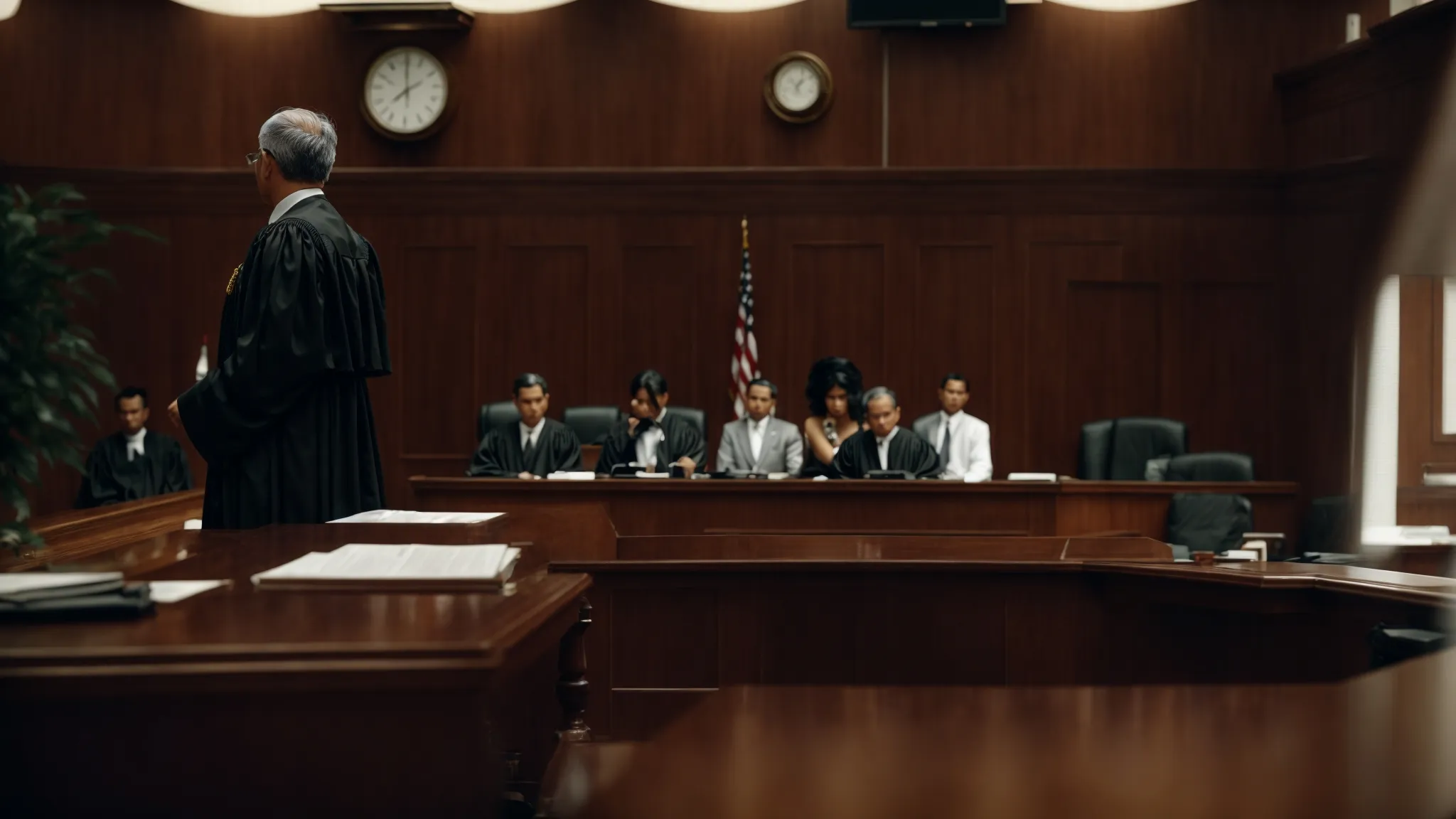
Stepping inside the solemnity of a courtroom, where the weight of justice hangs palpable in the air, a bail bond hearing unfolds as a pivotal prelude to the dance of due process, markedly distinct from the intricate ballet of a trial.
This initial juncture stands as the fulcrum on which the scales of freedom and confinement delicately balance, hinging not on guilt or innocence, but on the assurance of a defendant’s return.
As we navigate the nuanced contours of these hearings, we aim to shed light on the often misunderstood objectives behind setting bail conditions, crystallizing the intent that guides such judicial determinations.
Exploring How Bail Hearings Differ From Trials
Beneath the stern gaze of Lady Justice, bail hearings and trials are often mistaken for kindred spirits, yet in substance, they diverge with stark contrast: One is a guardian at the gateway, the other, a seeker of truth. While a trial meticulously unearths facts to pronounce a verdict, a bail hearing simply scrutinizes the risk of a defendant becoming a wisp in the wind before that truth is ever uncovered.
- A bail hearing scrutinizes the likelihood of appearance for trial.
- Trials are the battleground where evidence and testimonies clash to establish guilt or innocence.
- Bail hearings consider factors such as community ties, not the weight of the evidence against the accused.
Trials demand patience, an unraveling of narratives thread by thread, where the accused stands at the mercy of evidence; bail hearings, on the other hand, are swift assessments — their judgments whispered in the language of risk rather than the prose of proof: Judges in these hearings cast their gaze toward the horizon, pondering if the accused will greet the dawn of their trial or vanish with the night.
Identifying the Goals of Setting Bail Conditions
In the solemn theater of the courtroom, assigning bail conditions is not a task taken lightly; it is a carefully crafted decision meant to tether a defendant to the judicial process. These conditions serve as silent sentinels, ensuring that the accused person does not fade into the abyss of anonymity, with the intent of guaranteeing that they stand before Lady Justice when summoned.
Judges wield the quill of judicial discretion to inscribe bail terms that beckon the accused back to court, anchoring their presence through monetary pledges or other measures tailored to prevent the specter of flight. Myriad factors—the song of family ties, the embrace of employment, or the gravity of prior conduct—guide these magistrates in calibrating the tightrope between liberty and due obligations to court proceedings, ensuring a defendant’s pilgrimage through the labyrinth of the legal system remains unbroken.
Who’s Who in a Bail Hearing Courtroom
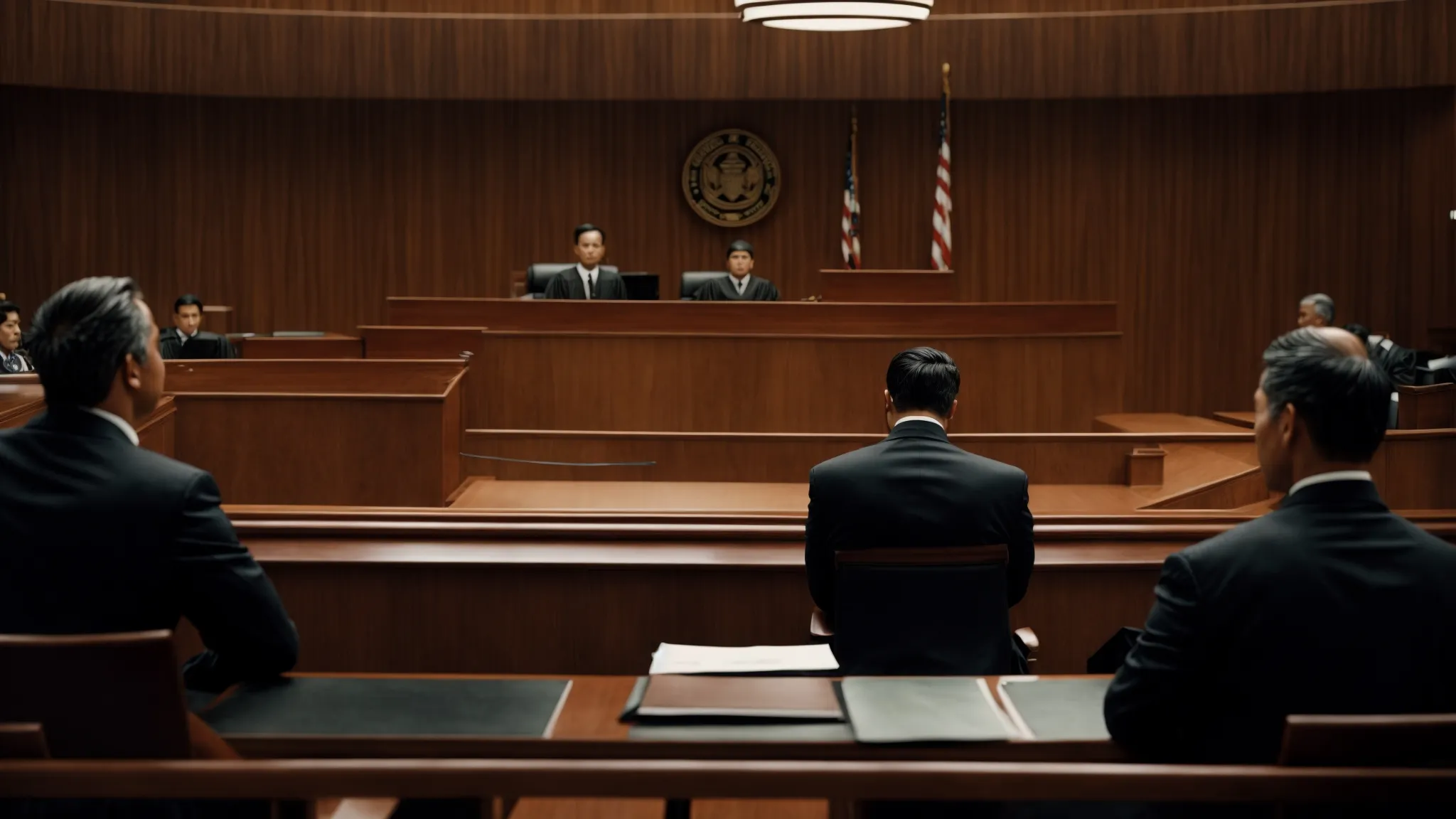
Inside the chamber of decisions, a cast of pivotal players takes their stage in a ballet of jurisprudence, each with a defined role in the intricate pas de deux of a bail hearing.
The defendant, often shrouded in a cloak of anxiety, leans heavily on the wisdom of their defense attorney, a steadfast navigator in the tempest of legal proceedings.
Across this adversarial arena, the prosecutor stands as a bastion of the community’s interests, while the judge, an arbiter of balance, presides with an even hand, orchestrating the flow of arguments with the stroke of a gavel.
I watch, poised with pen in hand, to demystify the roles and responsibilities that form the heart of this courtroom drama, unveiling the intricate dance between the accused, their counsel, the prosecution, and the judicious overseer of the law.
The Role of the Defendant and Defense Attorney
In the courtroom’s grand chess game, the defendant emerges as the king, their every move critical to the outcome of the bail hearing. Their role orbits around being present, providing truthful information, and abiding by the legal advice offered by their defense attorney, who acts as the queen on this board, tasked with protecting and maneuvering towards the most favorable position for their charge.
The defense attorney’s purpose shines as a beacon of advocacy; armed with legal erudition, they parry and thrust against the prosecution’s arguments. It’s their duty to present the defendant as a credible individual to the court, one entwined in community fabric, thereby reducing the perceived risk of flight and suggesting bail conditions that dovetail with their client’s ability to comply:
| Role | Responsibility |
|---|---|
| Defendant | Ensures presence in court, abides by the conditions set, and remains honest throughout proceedings. |
| Defense Attorney | Leverages legal knowledge to advocate for the defendant, negotiating for manageable bail terms and arguing against excessive constraints. |
Responsibilities of the Prosecutor and Judge
The role of the prosecutor is akin to that of a vigilant gatekeeper, ensuring the community’s safety is not compromised. They present arguments that often echo the shadow of suspicion, urging the court to consider the nature of the allegations and the potential risk posed by the defendant’s release: Their voice lends gravitas to concerns that resonate beyond the courtroom’s walls.
Presiding with the authority of the gavel, the judge’s role assumes the mantle of equilibrium between the prosecution’s call for caution and the defense’s plea for presumption of innocence. Each decision they render is etched with the balance of protection and rights, their wisdom underpinning the delicate broker of justice:
| Role | Responsibility |
|---|---|
| Prosecutor | Advocates for the court to consider public safety and the accused’s potential flight risk while determining bail conditions. |
| Judge | Arbitrates with impartiality, balancing the defense and prosecution’s arguments to set equitable bail terms that uphold justice and protect community interests. |
Preparing for Your Bail Bond Hearing
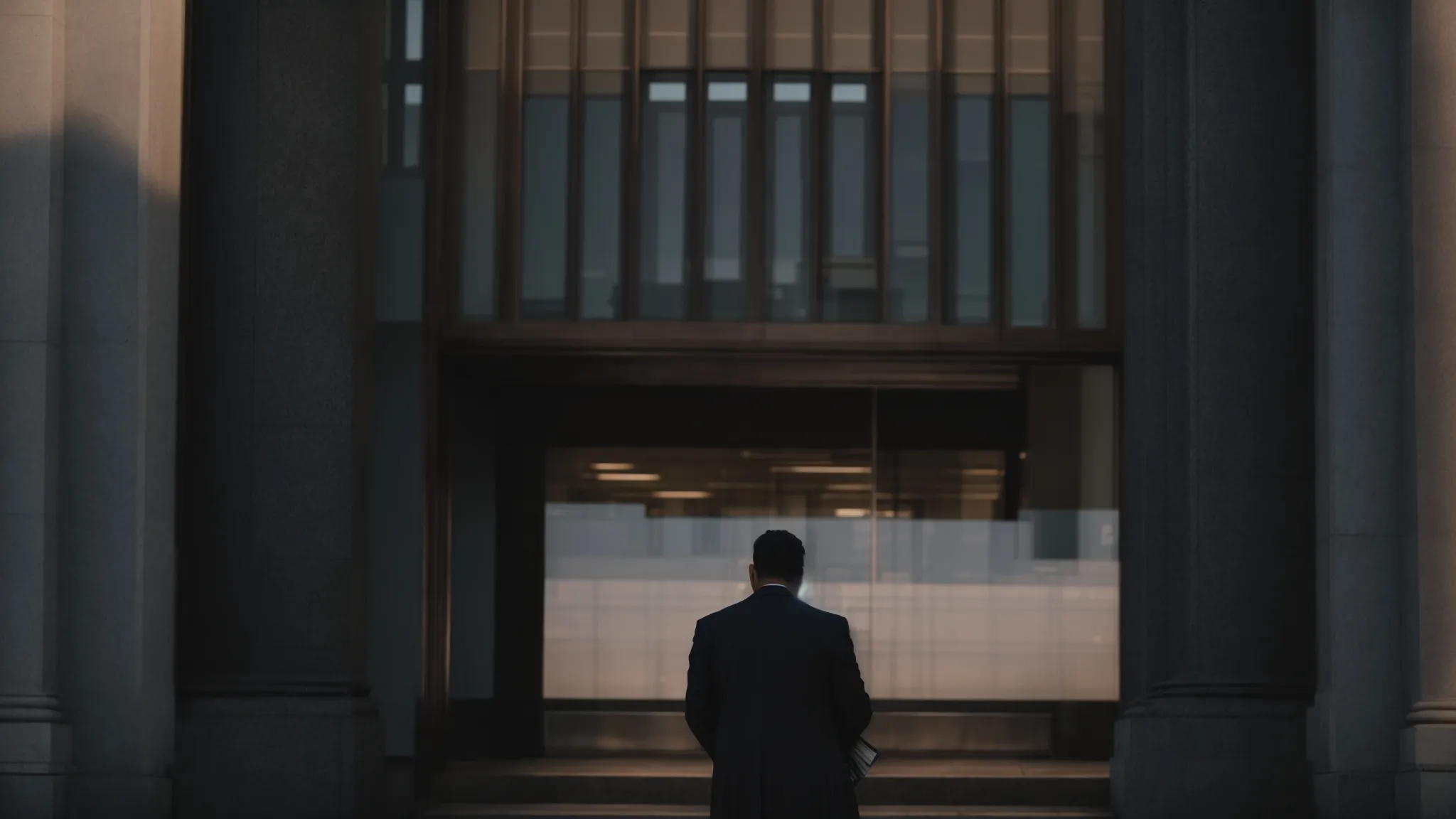
As the sun casts its first light on the day of your bail bond hearing, it’s essential to approach the threshold of the courtroom with preparedness as your steadfast companion.
The labyrinth ahead is navigated with ease when footsteps tread on solid ground paved by forethought and meticulous compilation of critical documents.
I stand on the brink of this judicial juncture, ready to unfurl the map that marks the journey, equipping you not with a litany of superfluous words but with the indispensable keys to unlock the doors of due diligence: the steps to take before your court appearance and the pivotal documents to present that will command the attention of those who hold the scales of your fate.
Steps to Take Before Appearing in Court
As dawn heralds the day of reckoning, my strategy embraces meticulous preparation: I gather documents with relentless precision—a demonstration of adherence to the intricacies of legal protocol.
- Character references that paint a portrait of my integrity light the way, as endorsements from venerable individuals offer credibility.
- Proof of employment or ties to the community serves as an anchor, rooting me in the fabric of society’s loom.
- A detailed record of past court appearances becomes a bastion of trust, showcasing my unyielding commitment to abide by judicial mandates.
I rehearse the narrative of my circumstances with cogent clarity, ensuring my dialogue with the court is not a mere echo of facts but a compelling testament to why I deserve the lightness of bail’s reprieve.
Important Documents and Information to Present
In the quiet moments before the bail bond hearing’s storm, a meticulous gathering of documentation is my shield. I ensure to carry a recent pay stub, a testament to my continuous employment and solid community roots, underscoring the argument that I’m woven into the fabric of the locale, not a stray thread likely to unravel and disappear.
A passport, offered as a sign of good faith, nests silently in my portfolio, speaking volumes of my intention to stay within reach of the court’s summoning. Legal identification collides with personal affidavits, merging into a powerful chorus that serenades the ears of those who will decide my immediate fate, reinforcing my narrative of commitment and upstanding citizenship.
Key Factors Influencing Bail Decisions
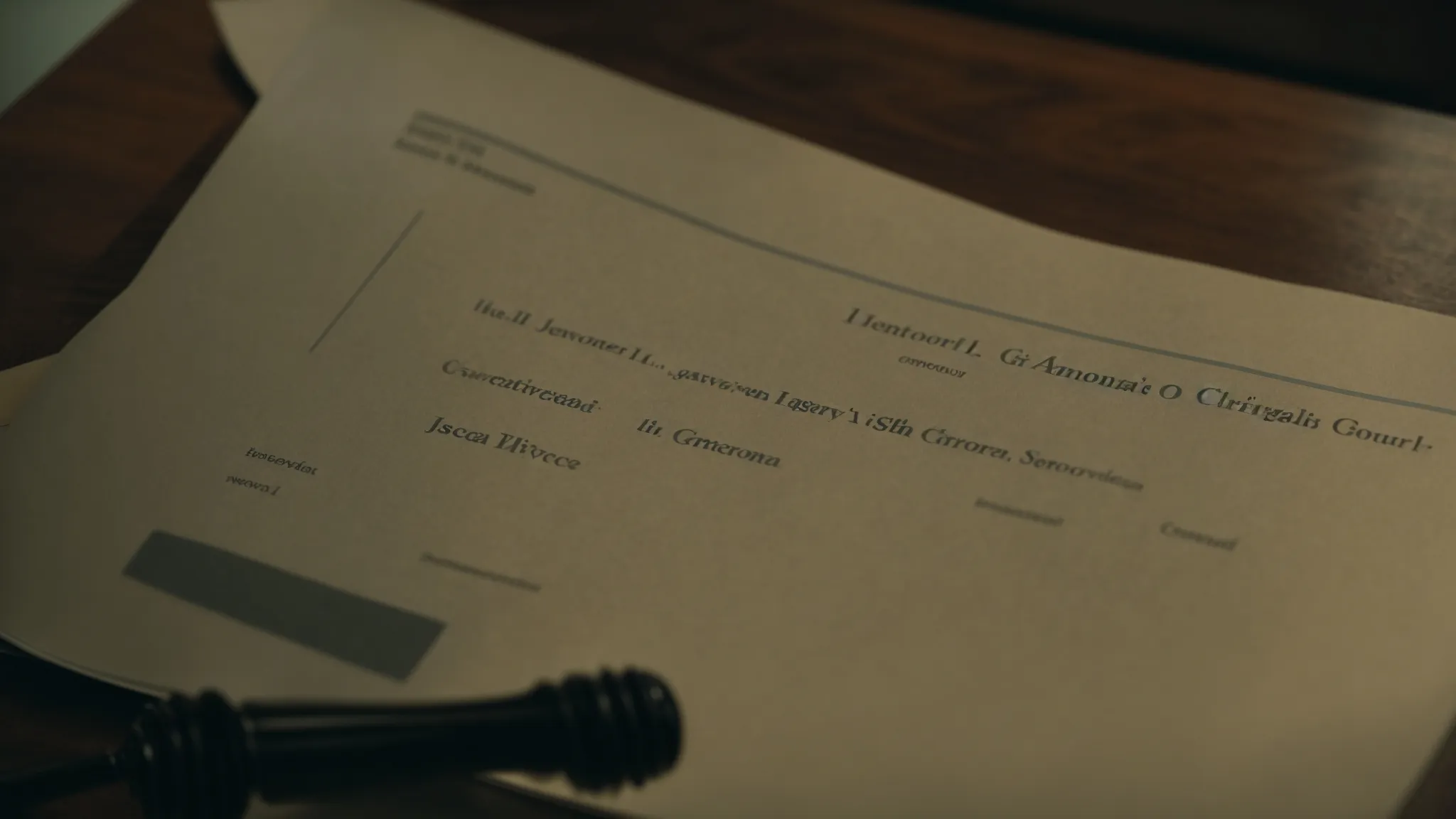
Embarking on the journey through the bail bond hearing process, I must acknowledge that the path ahead will be shaped by immutable factors—landmarks that guide the court’s decisions with an invisible hand.
My past, etched in records, is a mosaic of moments that may tip the scales in deliberating bail amounts.
A scrutiny of my ties to home, my potential to take flight, looms overhead, casting long shadows over my plea for freedom.
With awareness brimming, I prepare to present myself not just as a name in the docket but as a woven part of the community, with roots too deep to be uprooted by fearful winds of abscondence.
This chapter promises to explore these variables in depth, navigating through the interplay of one’s criminal history, flight risk assessment, and the profound impact of community ties.
How Criminal History Affects Bail Amounts
My own ledger of past deeds whispers to the Court’s wisdom when determining the gravity of bail to be tethered to my freedom. A history unblemished by past transgressions casts me as low-risk, painting my capacity for honoring court dates with a luminous hue.
The echoes of prior convictions, should they exist, reverberate through the chamber, weighing down upon the scales with the density of consequence. A tapestry of repeated missteps might signal to the court a pattern, urging the gavel to decree a heightened bail as a bulwark against the siren song of evasion:
| Factor | Influence on Bail Decision |
|---|---|
| Clean Record | May result in lower bail amounts, reflecting the perceived low risk of non-appearance or re-offense. |
| Prior Convictions | Can lead to higher bail requirements to counterbalance the increased flight risk or threat to public safety. |
Gazing upon my record, I acknowledge its sway in the Judge’s contemplation – like a leaf on the wind, each historical mark can influence the direction and force of the bail winds to come.
Assessing Flight Risk and Community Ties Impact
My presence within the community unfurls as a chronicle, narrated in the tongues of local bonds and societal contributions. This narrative is my solemn vow to the court, assuring them that my feet are too firmly planted in the soil of my environment to be swept away by the tempest of fleeing.
A meticulous dissection of my potential for elusion shadows the court’s discernment, as if under a magnifying glass—the flight risk analysis. Here, my passport’s presence or absence, my assets domestic or abroad, each becomes a critical verse in the court’s deliberation, a harmony of factors that may tip the balance in favor of my steady return.
Navigating the Bail Payment Options Available
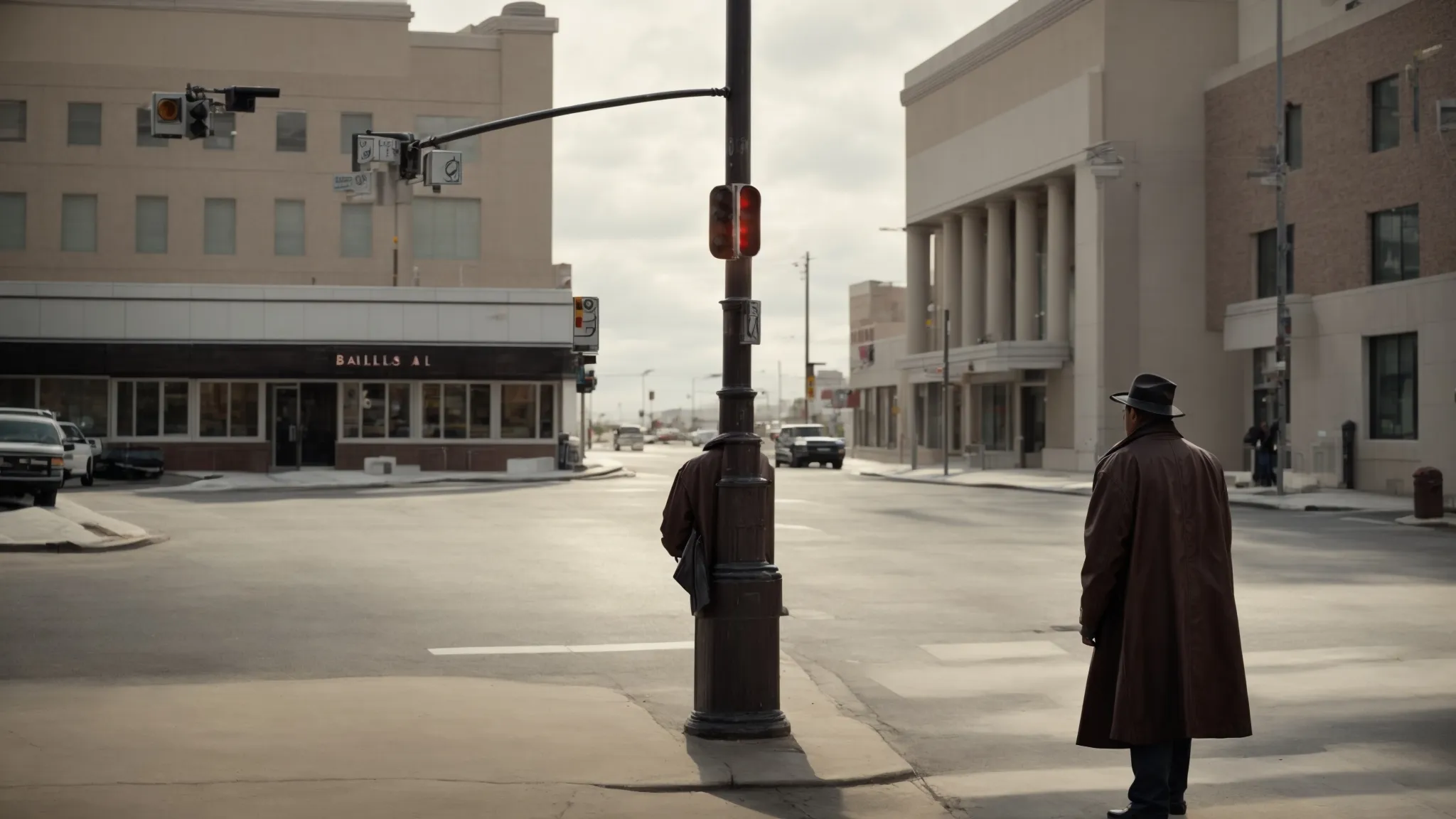
Embarking on the task of untangling the intricacies of bail payment options is akin to deciphering a clandestine code, with each choice casting a unique silhouette upon the landscape of legal finance.
My journey leads me to distinct crossroads: one path veers towards the cash bail provision directly to the court, while another winds toward bond agents who pledge my appearance with a promise backed by their own coffers.
I also ponder the implications of anchoring my release with the significant pillars of property or the assurances of a surety bond.
My intent is to traverse these avenues with clarity, equipping you with the discernment to understand the nuances and consequences of each bail payment method.
Distinguishing Between Cash Bail and Bond Agents
My decision between offering cash bail directly to the court or engaging the services of a bond agent simmers with strategic importance. Cash bail is akin to a straightforward, albeit sometimes substantial, deposit ensuring my appearance at trial, fully refundable contingent upon compliance with all court directives.
Conversely, a bond agent emerges as a financial ally, shouldering the burden of the entire bail amount with a non-refundable premium – typically a percentage of the bail – paid by me as the cost for this service. This selection becomes a beacon when my own reserves are insufficient, albeit at the expense of relinquishing a portion of my finances as a fee for their guarantee.
The Implications of Property Bonds or Surety Bonds
Choosing the route of a property bond whispers of commitment — it’s my tangible stake laid upon the world, offering real estate as collateral to secure the bail amount. This choice comes imbued with profound gravitas, tethering not just my willingness to appear in court, but interlinking the fate of cherished bricks and land to my promise.
Surety bonds, in contrast, enlist a guarantor to stand in the winds of potential forfeiture, a sentinel providing assurance to the court of my return. It’s a pact wherein the guarantor’s pledge — often through a bail bond agent — becomes my invisible armor; they are prepared to bear the financial onslaught should I falter in my pledge to justice’s calling.
The Aftermath of a Bail Hearing Decision
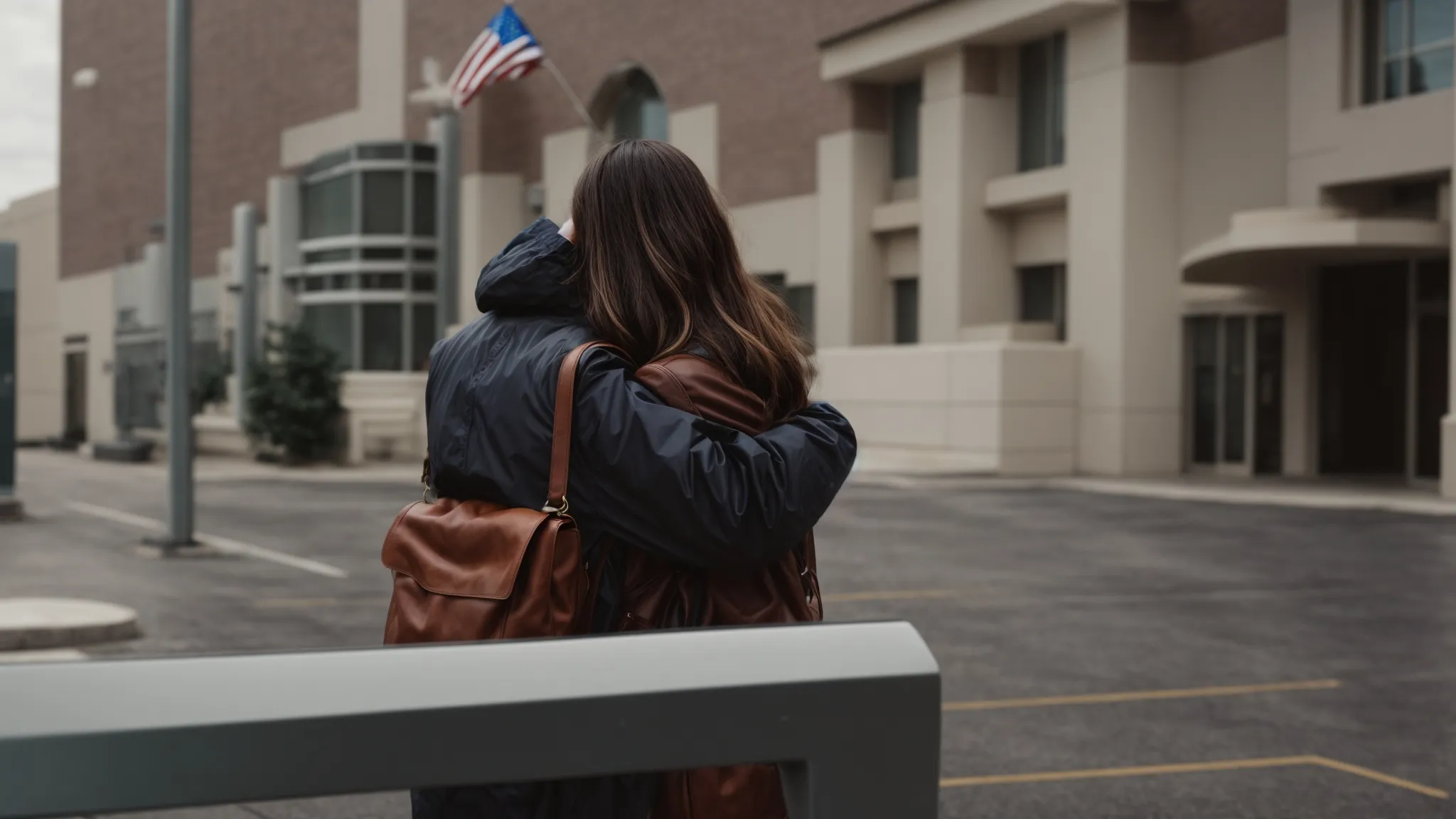
The final stroke of the judge’s pen at a bail hearing cascades down through the echelons of the justice system, setting in motion the aftermath of their decision. If bail is granted, relief washes over me like a gentle tide, quieting the storm of uncertainty that raged in my mind.
Should the sum dictated eclipse my financial grasp, a swift pursuit of a bail bond agent becomes my next maneuver, one goal etched in mind: securing my freedom without delay. With bail denied, my path constricts, channeling my focus solely upon the impending trial whilst enshrouded in the confines of a cell: my temporary yet harsh abode.
A release on bail does not mark the end but signifies the onset of obligations that I must meticulously honor:
- My presence at all mandated court dates is as crucial as breath to life.
- Adhering to the conditions of bail becomes my mantra, knowing that a singular lapse might snatch away my liberty’s fragile lease.
- The collateral pledged is not forgotten; it sleeps with one eye open, ready to be forfeited should my word falter.
Through every stage beyond the bail hearing, my actions are now underscored with the profound understanding that they are under the scrutiny of the law, with each step forward traced by the silent watch of the court. I walk a road lined with legal statutes and personal accountability, toward an opaque future that hinges on my steadfast commitment to the conditions of my release.
Conclusion
The bail bond hearing serves as a crucial gateway within the justice system, determining whether a defendant will taste freedom prior to trial or await their day in court behind bars.
It is not to adjudicate guilt but to assess the risk of flight and ensure the defendant’s presence at trial.
The stakes within the courtroom are high, with judges setting bail terms based on the defendant’s community ties, potential for abscondence, and prior criminal record.
Defense attorneys advocate for manageable conditions, while prosecutors emphasize public safety and risk concerns.
As a defendant, it’s vital to prepare meticulously – marshaling character references and proof of employment or local connections, to persuade the court of one’s rootedness and reliability.
Choosing between cash bail, bond agents, or property sureties presents strategic financial considerations, with each option carrying different implications.
Ultimately, the outcome of the bail hearing – whether relief with granted bail or the disappointment of denial – dictates the next chapter of the accused’s journey through the legal system, binding them to a strict code of attendance and adherence to the court’s terms to maintain their fragile, conditional liberty.
This comprehensive guide illuminates the intricacies of the bail bond hearing process, underlining its critical role in balancing the scales of justice, freedom, and due process.